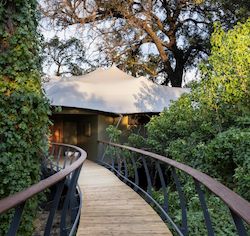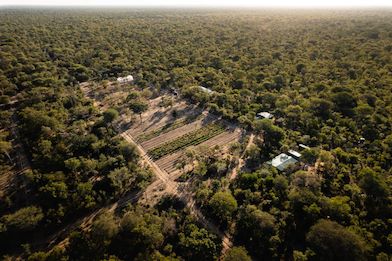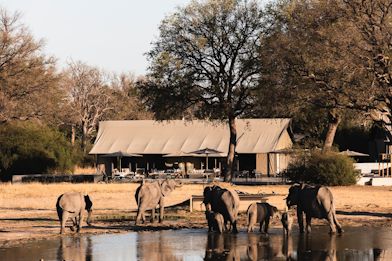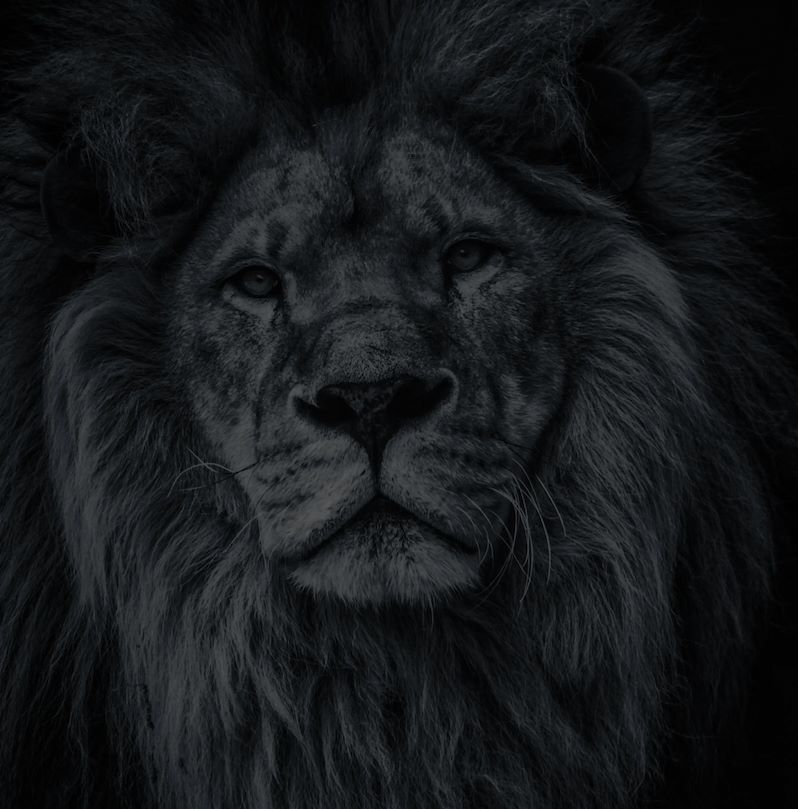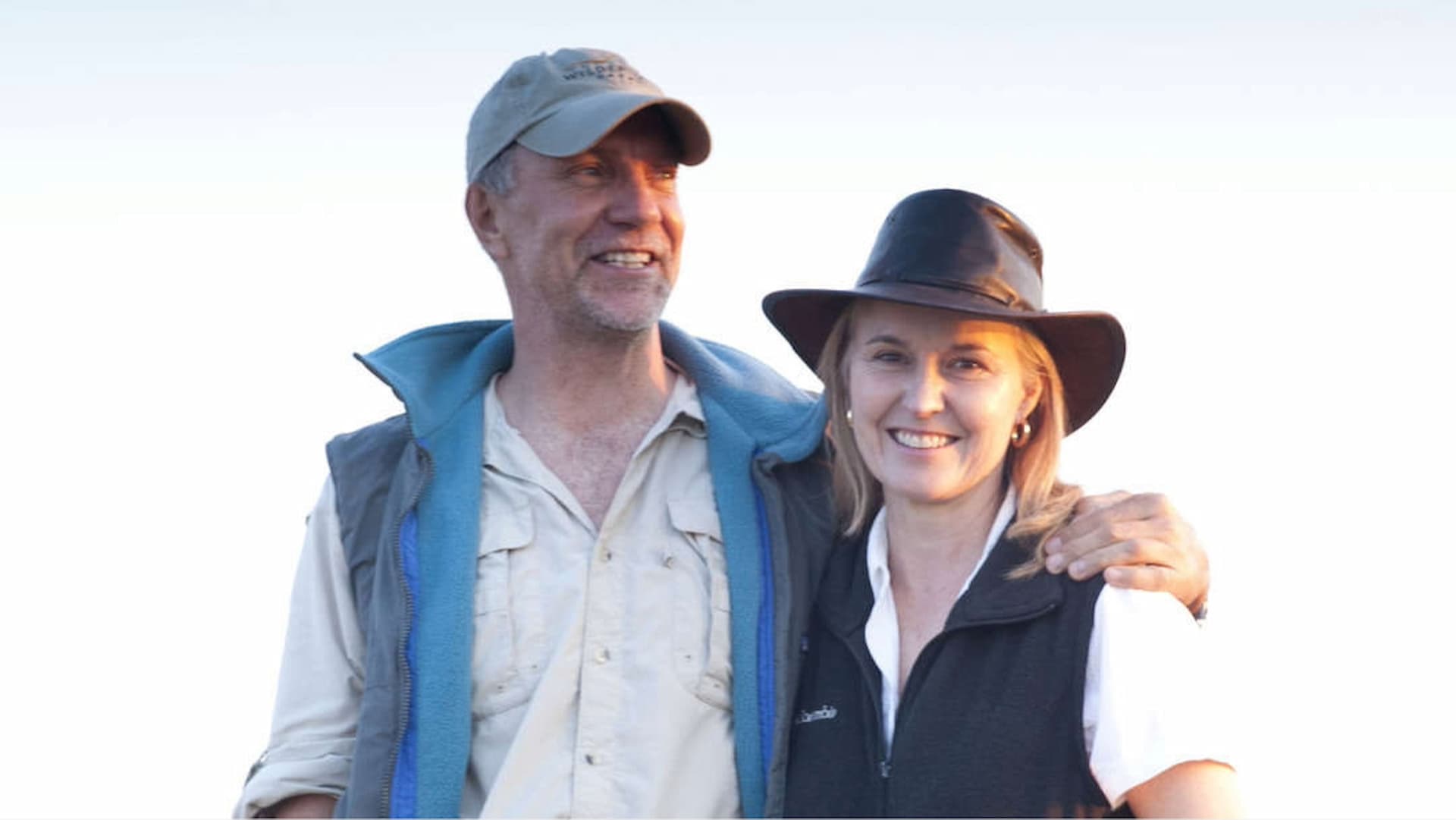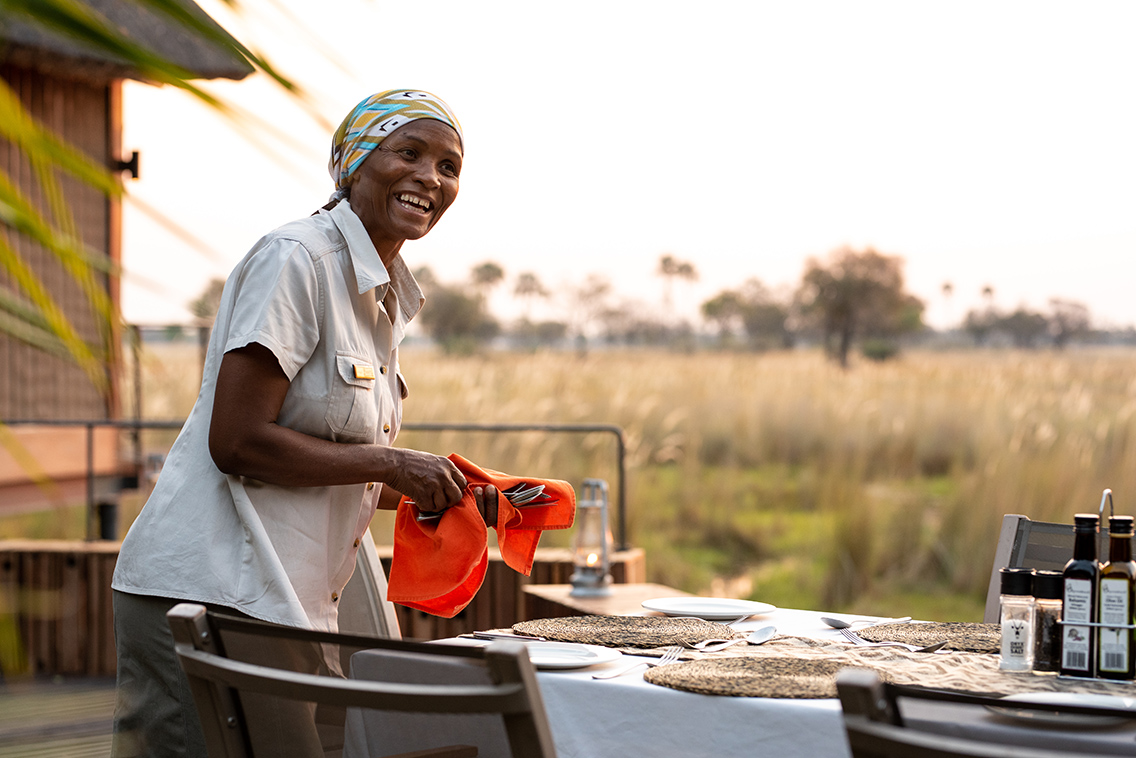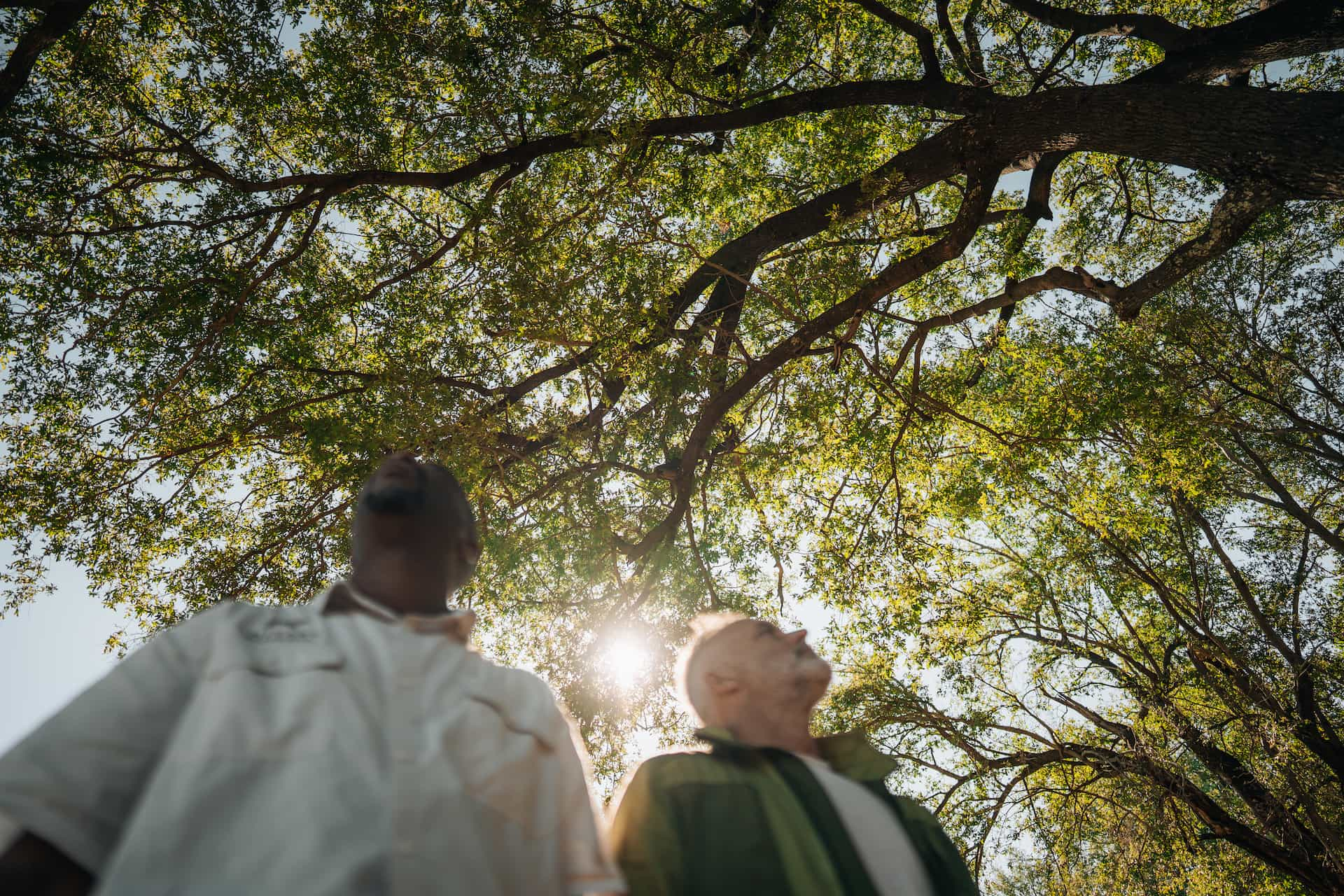Research and sustainable wildlife tourism are just one side of the coin when it comes to Chitabe’s approach to conservation. As custodians of the concession – over 22,000 hectares, or more than 50,000 acres – it’s Dave and Helene’s responsibility to protect the wild integrity of the landscape. And how well they do it.
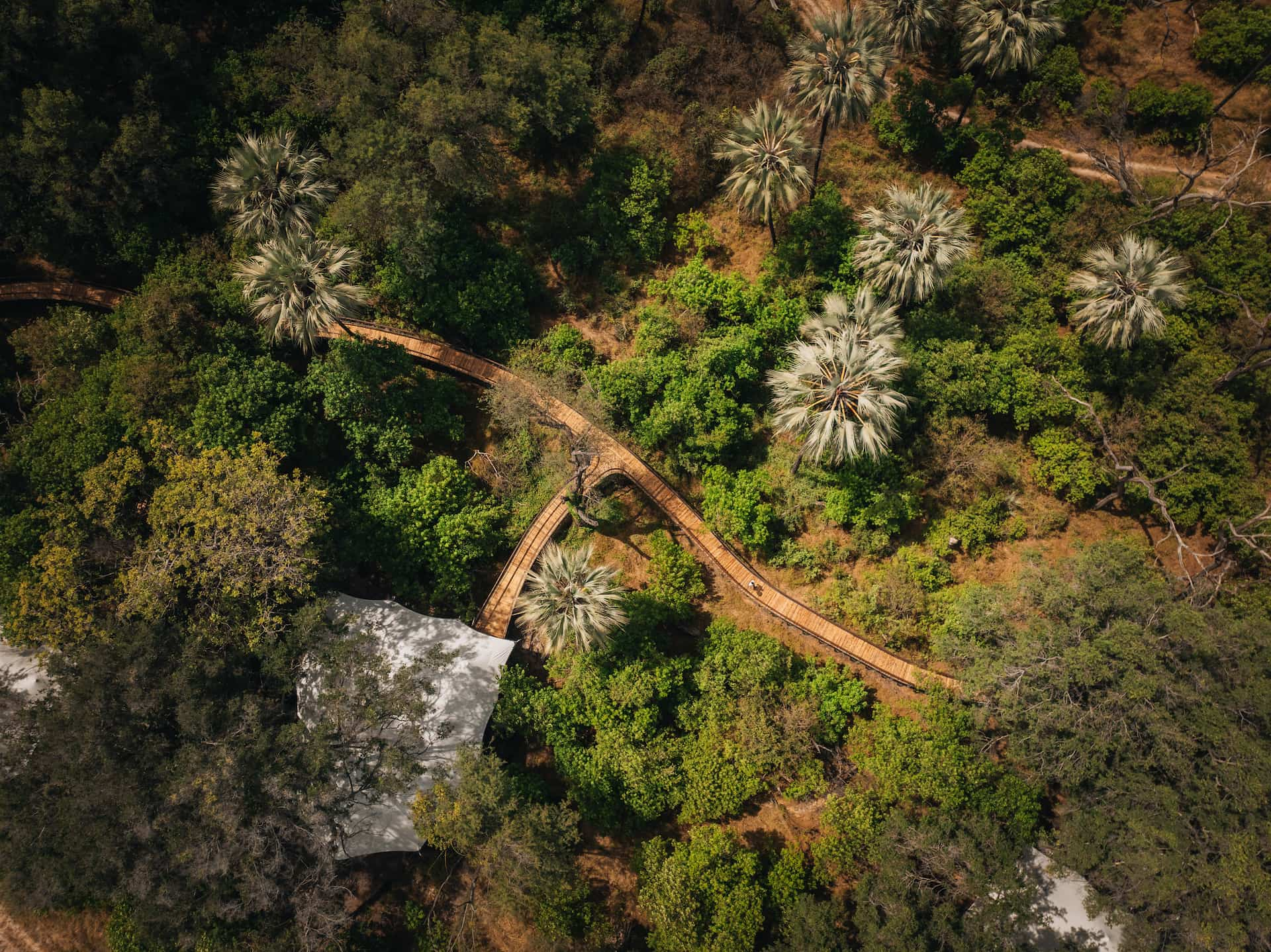
As Dave notes, “We have always had the philosophy that we need to be doing the right thing for the planet and for our people, not because we are told to do these things, but because it’s simply the right thing to do. We have always believed in Reduce, Reuse, Recycle and Respect – and we use that model in all we do at the camp”.
The camp has consistently gone above and beyond Wilderness’ Group Environmental Minimum Standards (GEMS). It was the first to introduce the Healing Earth range of environmentally friendly products in its suites. It was also the first to build on elevated walkways in order to minimise ground contact; a design element – now popular across the Okavango Delta – that is not only more eco-conscious, but allows wildlife to move unimpeded throughout the camp.
“Chitabe became operational at the same time as the growth in Botswana’s tourism industry – 27 years ago,” Helene reflects. “Therefore, many of the things we implemented have become industry standards. For example, we were the first camp to stop burning waste, other than bio-degradable food waste, and start trucking it out instead. This has now become the norm for all operators. We were one of the first camps to bring in reverse osmosis machines to purify water and give our guests personal re-usable water bottles”.
Chitabe’s tree-planting initiative has seen hundreds of indigenous trees already planted across the landscape, allowing guests to give back in a simple, lasting way. The camp also established a baseline groundwater survey in partnership with the University of the Witwatersrand to ensure that their water usage remains sustainable.
In addition, Dave notes, “We have expanded our solar array, and now run entirely on solar with a generator just as a back-up. And we are working with the Botswana government on eradicating the invasive species, Salvinia”.

The camp’s recent rebuild is a masterclass in efficient design.
“With this latest rebuild, we were one of the first camps to use a steel structure. We were also the first camp to use laser technology to record each tree and branch, so that all our rooms could be carefully placed in the right positions without any damage to trees”. – Helene
With meticulous planning by structural engineer Henry Fagan, architects Mark Thomas and Chris Bisset, and the LBV Builders team, the on-site portion of the build – which erected seven new guest suites – was completed in just three months. Most of the work – joinery, steel components, assembly – had been completed off-site months earlier, reducing construction time and environmental impact on the ground.
The use of steel as a key material marked a departure from traditional builds, allowing for faster assembly, easier future decommissioning, and a dramatic 66% reduction in ground contact points.
Thanks to advanced 3D scanning and digital modelling, not a single tree was removed during the process. The entire camp was designed around existing tree and root systems – right down to the main walkway, which curves gently around a tree at the heart of camp.
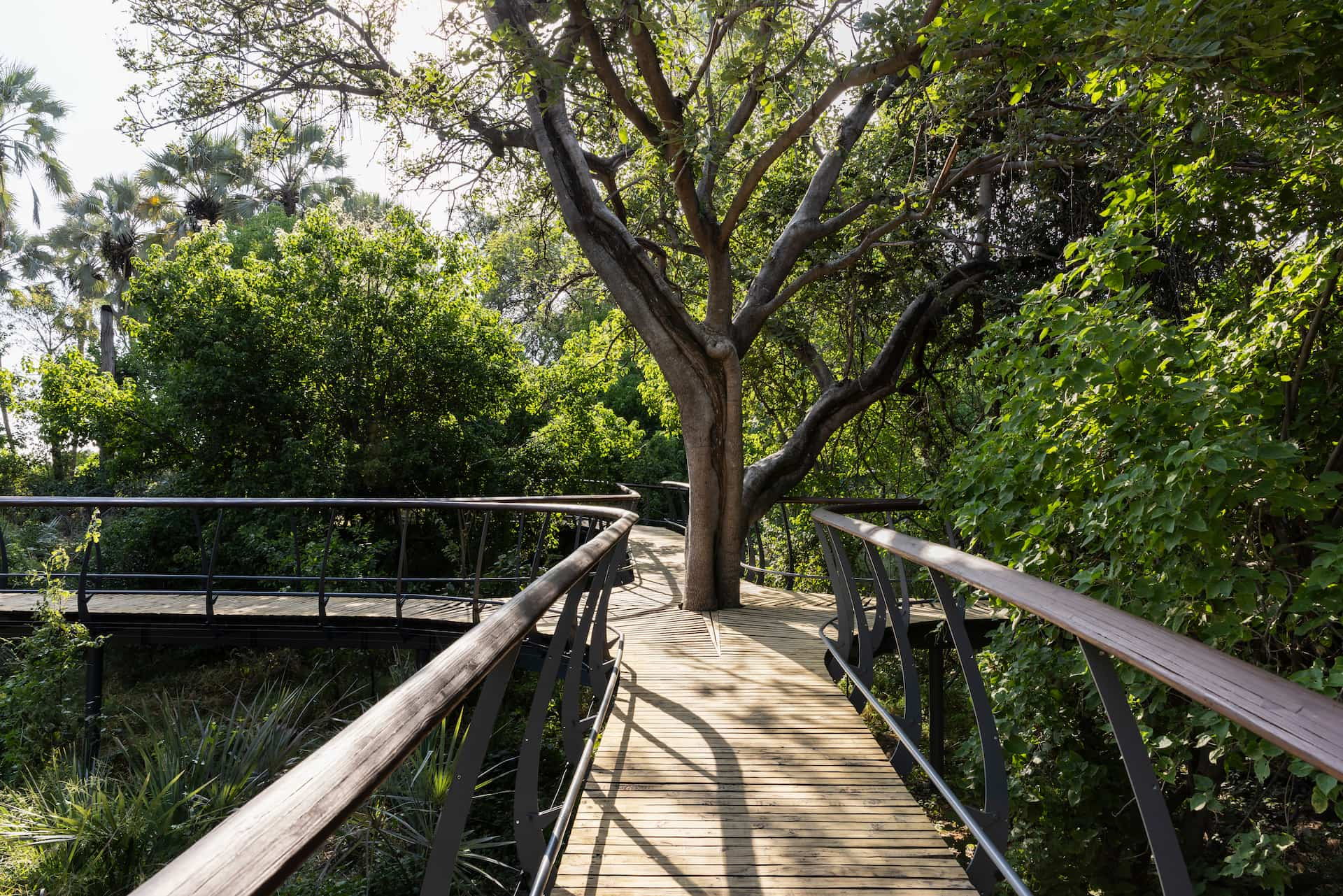
Even the new guest rooms’ evaporative cooling systems were selected with care and intention – keeping the planet top of mind. A stunning 90% more efficient than traditional air conditioners, these coolers are able to expel all the air from a room every 4 minutes – all while allowing the guests to keep their windows open and remain connected to nature.
Every detail of the rebuild – from the structural materials to the sensory experience for guests – was purposefully designed. Yet without compromising the aesthetic. According to interior designer Lauren Hammond, the guiding principles of her design were “light, comfort and simplicity”, using natural materials and a minimalist design that brings the outside in. This careful and deliberate approach to the rebuild – with a respect for the environment at its centre – has culminated in what we at Wilderness call “light footprint luxury”. As Chitabe has proven time and time again, beauty and sustainability can coexist.

